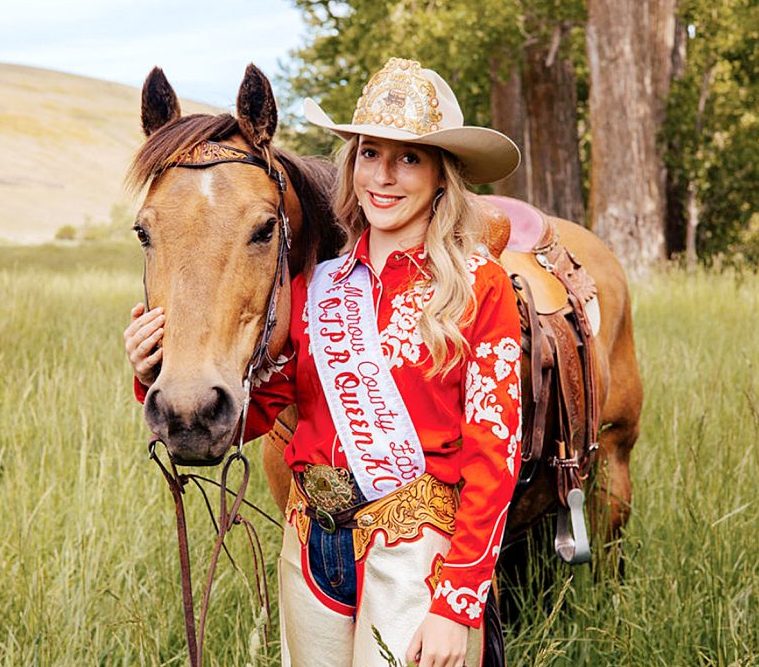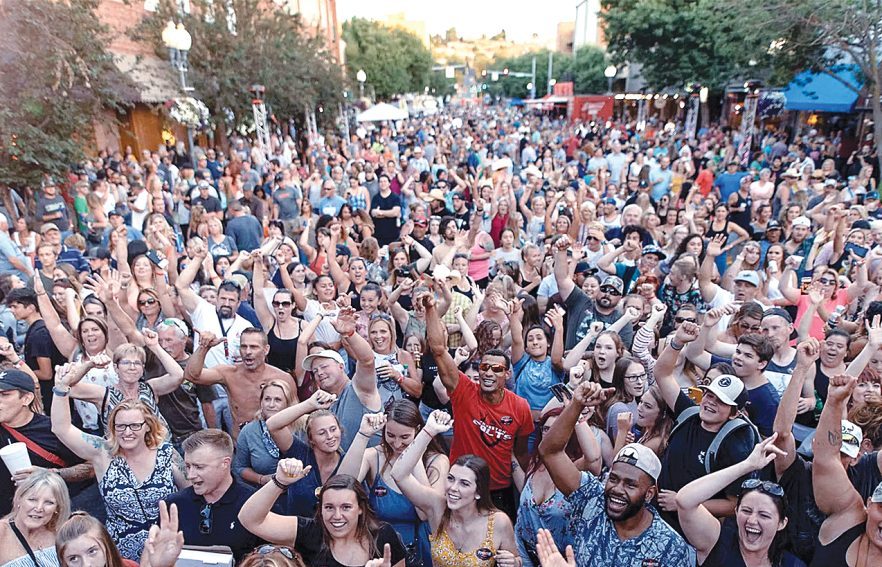Chinese community was a distinctive part of area’s history
Published 10:33 am Tuesday, August 12, 2003
(This article appeared in Pioneer Trails, Vol. 16, No. 2, Summer 1992, and is available in its entirety at Heritage Station museum.)
The internal destabilization of China’s political, economic and social structures prompted many Chinese to leave their homeland for the United States in search of a fortune that seemed assured in gold mining or work as a laborer. In the United States they often discovered violence, harassment, eviction and contempt.
Trending
They responded by forming their own neighborhoods, complete with Chinese food, newspapers and merchandise, as well as greater concern over their well-being than the whites would provide.
The Chinese formed their area in Pendleton during a period of outspoken antagonism, revealed strongly in the East Oregonian and ordinances against opium smoking and licensing of laundries. Rather than riots and terror, the white community reacted to the Chinese with distrust and suspicion because of their language, ways and, above all, for taking jobs away from them.
In time the town adopted an accepting, though often condescending, attitude toward the Chinese, regarding them as genuine members of the community. For the Chinese, Pendleton was a very real economic improvement, yet the social costs of living in segregation were difficult to bear.
From the U. S. Census of 1880 it is known that eight percent of the Chinese in Pendleton were single; however, after 1900 more than 60 percent were espoused, leaving their wife either in China or in another West Coast city.
The first mention of a Chinese woman in Pendleton is found in the marriage certificate of Pee Kim and See Kee in 1885. Though there is no record of Kim residing in the town, two different Chinese women were enumerated in the 1900 and 1910 censuses. At that time, and through the 1940s, the vast majority of Chinese women employed themselves as prostitutes, causing immigration officials to restrict the number coming to the United States.
The Chinese community in Pendleton, as seen through the censuses of 1870, 1880, 1900 and 1910, was involved in service occupations, especially as cooks, laborers and launderers. Others acted as merchants, supplying goods to their community.
Trending
The Chinese had to deal with the problems of living in a hostile and foreign land, understanding a new language and earning a living from exhausting work. They had little leisure time for gambling or smoking opium to relieve their frustrations.
In response to the latter activity, Pendleton’s city council passed stringent laws against the use and sale of opium. January 25, 1881, it set the penalty for smoking or selling opium at $100; the fine for bargaining for or buying opium was not to exceed $25 or 10 days in jail.
As most users smoked in private, the police arrested few offenders. However, in January, 1905, one instance involved four men, two whites and two Chinese. In February, one of the same Chinese offenders, Ah Lee, was arrested again for keeping a house for smoking opium and was fined $45.
The number of court cases involving Chinese was comparatively low, reflecting the percentage of Chinese to whites in Pendleton, as well as the ability of the Chinese community to settle its own internal problems.
The Chinese were subject to harassment, ridicule and physical abuse. Boys who wished to show their bravery would slip up behind a Chinaman and give his queue a vigorous jerk. These acts were usually done by young boys but behind them was a community feeling of hostility. The laundry man did not dare to leave his basket as some boy was very apt to tip it over into the mud. The vegetable vendor did not dare to leave his wagon. A watermelon taken from a white man’s store was thievery; one stolen from a Chinaman’s wagon was a good joke.
While antagonism declined in the later 1880s, the Chinese remained the butt of teasing and practical jokes by the whites. An instance occurred at the Neagle Brothers machine shop in the 1910s where the Chinese used an outhouse in the back of the lot. One of the brothers attached buggy springs to the seat and, with the use of a rope, bounced the next Chinese occupant out through the roof. In a rough town such as Pendleton, these things were taken as a natural result of one’s position in society.
Pendleton’s Chinatown stood in the center of the city on the streets of Dorion, Main, East First and Emigrant. In this area the Chinese rented buildings for laundries, lodgings, a barbershop, restaurants, and grocery, drug and retail stores. Four of the retail stores at Dorion and Emigrant were run by Goey Tong Yeck and Co., King Chong Tai, Wah Ying Chung Co., and Yee Wo Lung Kee.
The number of lots specifically denoted as Chinese, on Sanborn Insurance maps, reached a maximum of 16 in 1889 and declined to eight in 1922. Even by 1903, the community had left the Main Street business area and operated on the lesser side streets.
Some Chinese immigrants found employment as cooks and gardeners in the homes of affluent Pendleton families.
In 1937, Wayne Eng arrived, at the age of 8, from China via Seattle. His father and Ginn Eng operated the Oregon Cafe, on Main Street. The restaurant was one of three owned by Chinese at the time and had been started, about 1920, in one of the 20 saloons that had been closed by the city.
For Eng and the other cooks their work, which lasted 12 hours each day with afternoons off, meant little leisure time. While there was some informal gambling, such things as organized lotteries did not exist in Pendleton’s Chinese community. Some smoked opium but it was not a prevalent activity or used to the point of abuse.
The antagonism between whites and Chinese slowly declined over the years as the whole community frequented the Oregon Cafe.
Eng and other Chinese received a basic education from an Episcopalian minister who taught English. It was a gift that caused a sense of obligation from his pupils to attend church. Religion, however, was not practiced by the Chinese in Pendleton, in a formal sense, since there was no temple in the city.
Funerals played a role as happy occasions, at least for the young. Eng remembered great amounts of food as the Chinese made a picnic out of going from plot-to-plot in both the spring and fall. They periodically exhumed the deceased and sent the remains back to China for burial in their original community. There now exists a brick structure in the Chinese section of the cemetery in which the families burned paper money as part of the ceremonies. Chinese are buried with their head to the east but Caucasians are buried with their head to the west.
The supreme aim of many of the old-time Chinese was to gather up sufficient wealth to return to China so they could become family men with homes of their own. Here they wanted to live out the rest of their lives and be buried in their homeland with their ancestors. There is a Chinese saying: “When the leaves fall, they should be around the tree.”
Editors note: This article was excerpted from the Master’s thesis written by David Tidswell in 1983. Some additional stories are from stories appearing in the same edition.









